Quartz countertops have become a hallmark of modern kitchen and bathroom design, valued for their durability, low maintenance, and striking aesthetic appeal. Unlike natural stone options, quartz countertops are engineered, combining natural quartz crystals with resins and pigments to create a surface that is both robust and visually captivating. This process not only enhances the physical properties of the material but also allows for an extraordinary variety of styles and designs, making quartz a versatile choice for various interior design preferences. Whether you’re aiming for a classic, contemporary, or eclectic look, there is a quartz countertop style to suit your vision.
One of the most popular quartz countertop styles mimics the luxurious appearance of marble. These quartz surfaces replicate the delicate veining and soft color palette typical of natural marble, offering a sophisticated and timeless look without the high maintenance requirements associated with genuine marble. For homeowners who appreciate the elegance of marble but are concerned about its susceptibility to staining and scratching, quartz presents an ideal alternative, providing both beauty and resilience.
Another sought-after style in quartz countertops is the solid color or monochromatic design. These countertops feature a uniform color throughout the surface, offering a sleek and modern aesthetic that complements minimalist or contemporary interiors. Solid-color quartz countertops are available in a broad spectrum of hues, from classic whites and blacks to bold and vibrant shades. This style is particularly popular in spaces where simplicity and clean lines are emphasized, creating a seamless and uncluttered appearance.
Quartz countertops also come in designs that replicate the look of natural stone beyond just marble. Granite-look quartz, for example, offers the rich, multi-tonal appearance of granite with the added benefits of quartz’s non-porous and easy-to-clean surface. This style is ideal for homeowners who appreciate the natural beauty of granite but prefer a more uniform and predictable pattern, as quartz offers greater consistency in design and fewer imperfections compared to natural stone.

For those who prefer a more industrial or modern aesthetic, quartz countertops that mimic concrete are an excellent choice. These designs capture the raw, textured appearance of concrete, often featuring subtle variations in tone and texture that add depth and character to the surface. Concrete-look quartz countertops are perfect for urban lofts, contemporary kitchens, and industrial-inspired spaces, where they contribute to a rugged yet refined look.
Textured quartz countertops are another growing trend, offering surfaces with tactile appeal that go beyond the traditional smooth finish. These countertops can feature a variety of textures, from lightly brushed or honed finishes to more pronounced, tactile patterns. Textured quartz adds a unique element to kitchen or bathroom designs, creating visual interest and more dynamic interaction with the space. It’s a style that can complement both rustic and modern interiors, adding warmth and depth to the room.
Quartz countertops with metallic accents or flecks have gained popularity for their ability to add a touch of glamour and sophistication to a space. These designs incorporate tiny metallic particles or mirror-like flecks into the quartz surface, creating a subtle sparkle that catches the light and adds an element of luxury. This style is particularly effective in modern or contemporary kitchens and bathrooms, where it can serve as a striking focal point or complement other metallic elements in the design.
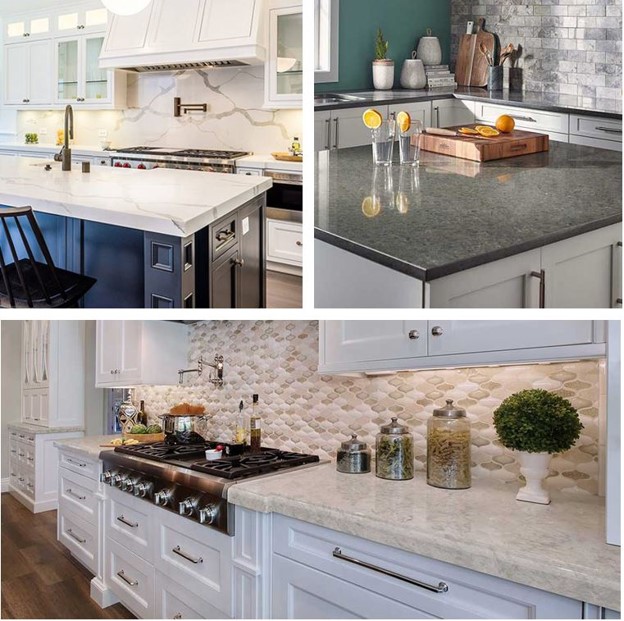
Quartz countertops with bold, dramatic veining or patterns are also a favorite among homeowners who want to make a statement with their surfaces. These designs feature pronounced veining or unique patterns that draw the eye and add a sense of drama to the room. Often inspired by natural stones like Calacatta marble, these countertops are perfect for those looking to create a centerpiece in their kitchen or bathroom, offering a luxurious and eye-catching design element.
In addition to the vast array of patterns and colors, quartz countertops can also be customized in terms of edge profiles. The edge profile refers to the shape and finish of the countertop’s edges, and it plays a significant role in the overall look of the surface. Popular edge profiles include the classic straight edge, the elegant beveled edge, the rounded bullnose edge, and more intricate designs like the ogee or waterfall edges. Choosing the right edge profile can enhance the style of the countertop and complement the overall design of the space.
Quartz countertops are also available in a range of thicknesses, which can influence both the style and functionality of the surface. Thicker countertops, typically around 2 to 3 centimeters, offer a substantial and luxurious appearance, making them a great choice for traditional or high-end designs. Thinner countertops, on the other hand, provide a sleek and modern look, ideal for contemporary spaces where a minimalist aesthetic is desired. Some homeowners even opt for waterfall edges, where the countertop material extends vertically down the sides of cabinets or islands, creating a continuous and dramatic effect.
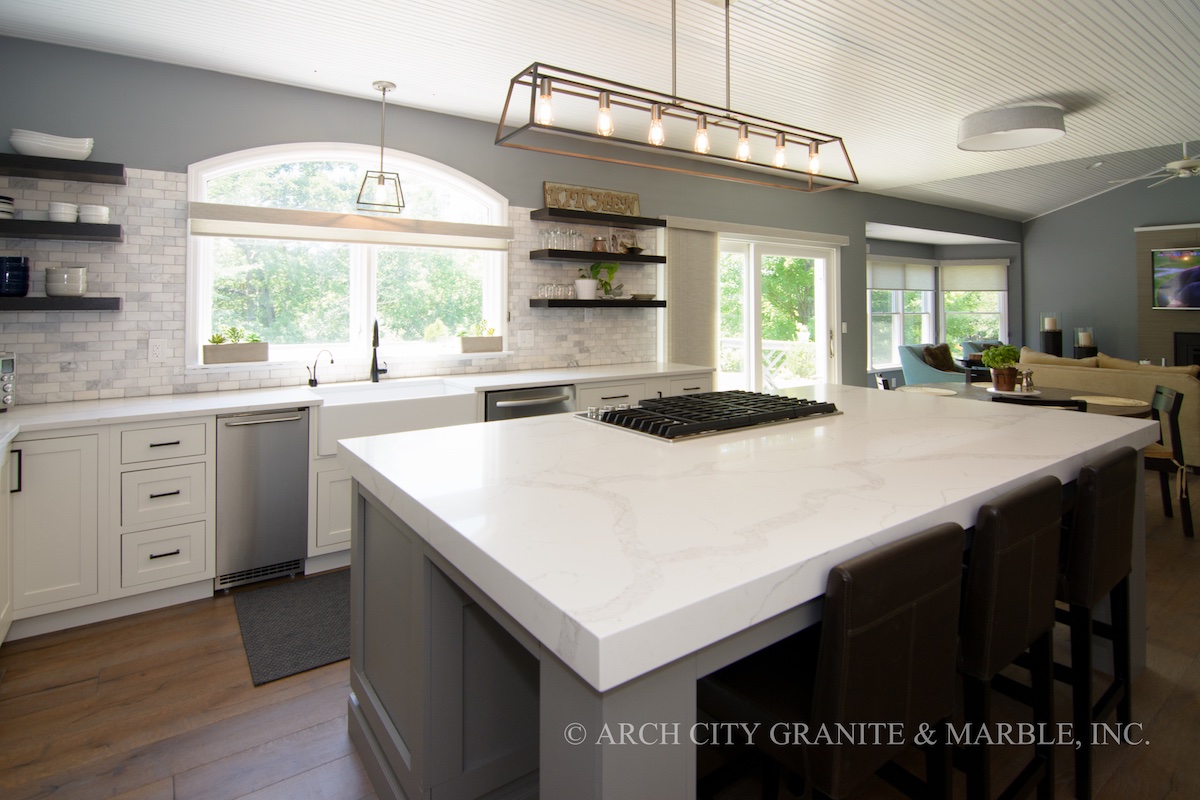
For those who prefer a more organic or earthy look, quartz countertops are also available in styles that emulate the appearance of natural wood or stone. These designs can feature wood grain patterns or natural stone textures that add warmth and an element of nature to the space. Such styles are particularly popular in rustic or farmhouse-inspired kitchens, where they help create a cozy and inviting atmosphere while still providing the durability and ease of maintenance that quartz is known for.
The versatility of quartz countertops extends to their ability to be paired with various backsplash options, enhancing the overall design of the kitchen or bathroom. Whether you choose a matching quartz backsplash for a seamless look or opt for contrasting materials like glass, tile, or metal, quartz countertops provide a strong visual foundation that can be complemented by a wide range of backsplash styles. This adaptability makes quartz an ideal choice for those looking to achieve a cohesive and personalized design.
Quartz countertops are also a great choice for those seeking a more sustainable and environmentally friendly option. Many manufacturers offer quartz surfaces made from recycled materials, including recycled glass, mirrors, and industrial byproducts. These eco-friendly quartz countertops provide the same durability and beauty as traditional quartz but with a reduced environmental impact, making them an excellent choice for environmentally conscious homeowners.

In terms of practicality, quartz countertops are highly resistant to stains, scratches, and heat, making them suitable for high-traffic areas like kitchens and bathrooms. Unlike natural stone, quartz is non-porous, meaning it does not require sealing and is less likely to harbor bacteria or stains from spills. This makes quartz an ideal choice for busy households where ease of maintenance is a priority. Simply wiping down the surface with mild soap and water is usually sufficient to keep it looking its best.
Quartz countertops are not just limited to residential applications; they are also a popular choice in commercial spaces due to their durability and aesthetic appeal. In restaurants, hotels, and office spaces, quartz countertops provide a stylish and practical surface that can withstand heavy use while maintaining a polished and professional appearance. The wide range of styles and designs available ensures that quartz can be tailored to suit the specific needs and branding of any commercial environment.
Quartz countertops offer an unparalleled combination of style, durability, and versatility, making them a preferred choice for a wide range of interior design projects. Whether you’re looking for a surface that mimics the look of natural stone, adds a bold design statement, or provides a sleek and modern finish, quartz countertops can deliver on all fronts. With the ability to customize colors, patterns, textures, and edge profiles, homeowners can achieve a truly personalized and cohesive design that enhances the beauty and functionality of their kitchens or bathrooms.
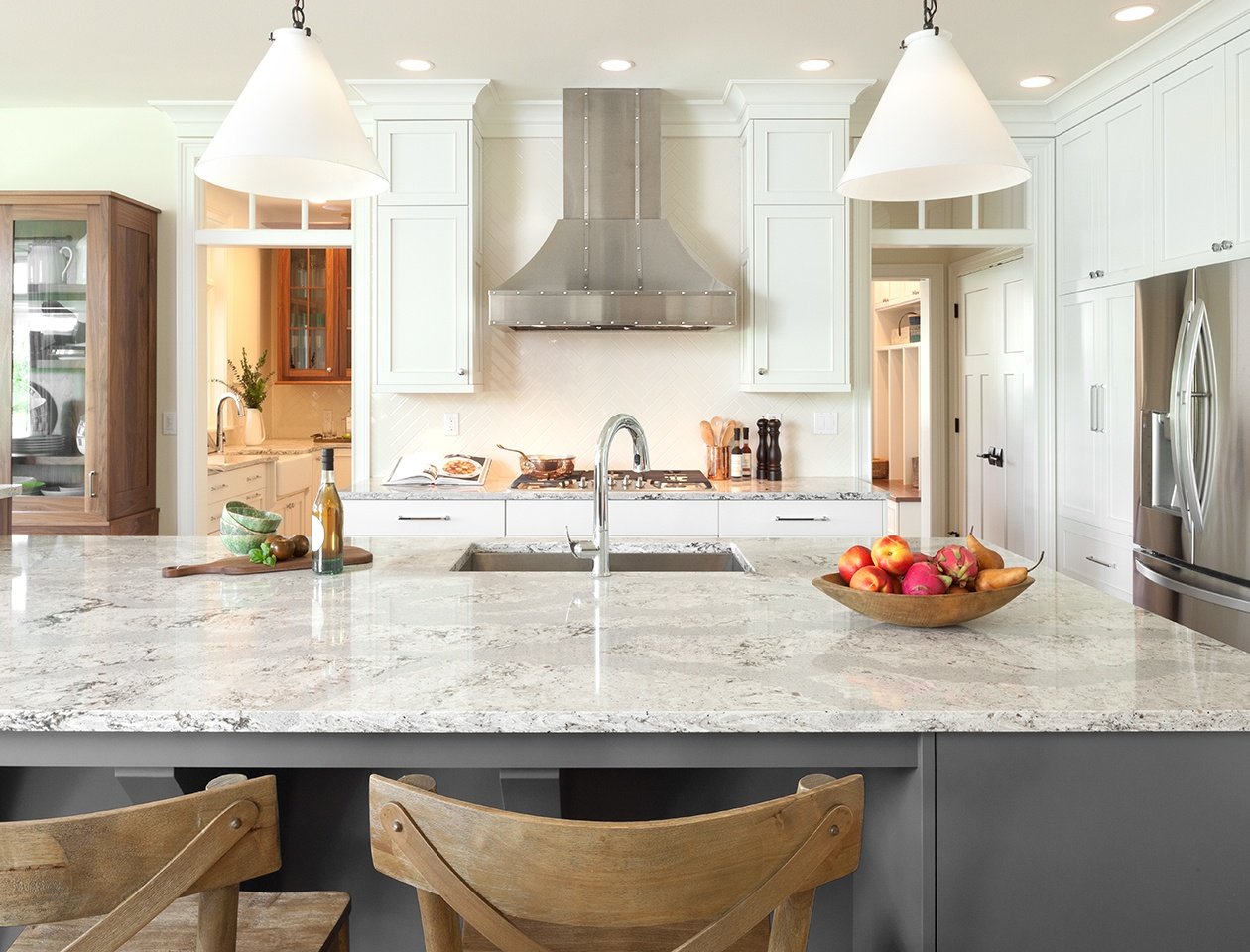
Common Mistakes to Avoid
One common mistake when selecting quartz countertops is choosing a style based solely on current trends without considering how it will fit with the overall design of the space. While trendy designs can be appealing, they may not always complement the existing decor or may become dated quickly. It’s important to choose a style that not only reflects your taste but also harmonizes with the overall aesthetic of your kitchen or bathroom, ensuring that the design remains timeless and cohesive.
Another frequent error is underestimating the importance of edge profiles. The edge profile of a quartz countertop can significantly impact its overall appearance and how it fits with the rest of the design. Some homeowners may overlook this detail and opt for a standard edge without considering whether it complements the style of the countertop and the room. It’s essential to explore different edge options and choose one that enhances the countertop’s design and aligns with the room’s overall aesthetic.
A common oversight during installation is improper handling of seams. While quartz countertops can be fabricated in large slabs, seams are often necessary, especially in larger installations. Poorly executed seams can be noticeable and detract from the seamless appearance of the surface. To avoid this, ensure that the installation is done by experienced professionals who can minimize the visibility of seams and ensure that they are properly aligned and finished.

Failing to account for the thickness of the quartz countertop is another mistake that can lead to design and functional issues. Different thicknesses can alter the overall look of the countertop and how it fits with cabinetry and other elements. For example, a thicker countertop can provide a more substantial and luxurious look, while a thinner one might be better suited for a sleek, modern design. It’s important to choose the right thickness based on both aesthetic preferences and practical considerations.
Improper maintenance is another common mistake that can affect the longevity and appearance of quartz countertops. Although quartz is low maintenance, it’s important to avoid using abrasive cleaners or harsh chemicals that can damage the surface. Regularly cleaning with mild soap and water and avoiding exposure to extreme heat or sharp objects will help preserve the countertop’s appearance and prevent damage.
Finally, neglecting to consider the lighting in the space can lead to disappointing results. The appearance of quartz countertops can vary depending on the lighting conditions, and what looks good in a showroom may not have the same effect in your home. It’s important to evaluate how natural and artificial light interacts with the countertop’s color and pattern in your specific space to ensure that it achieves the desired effect.
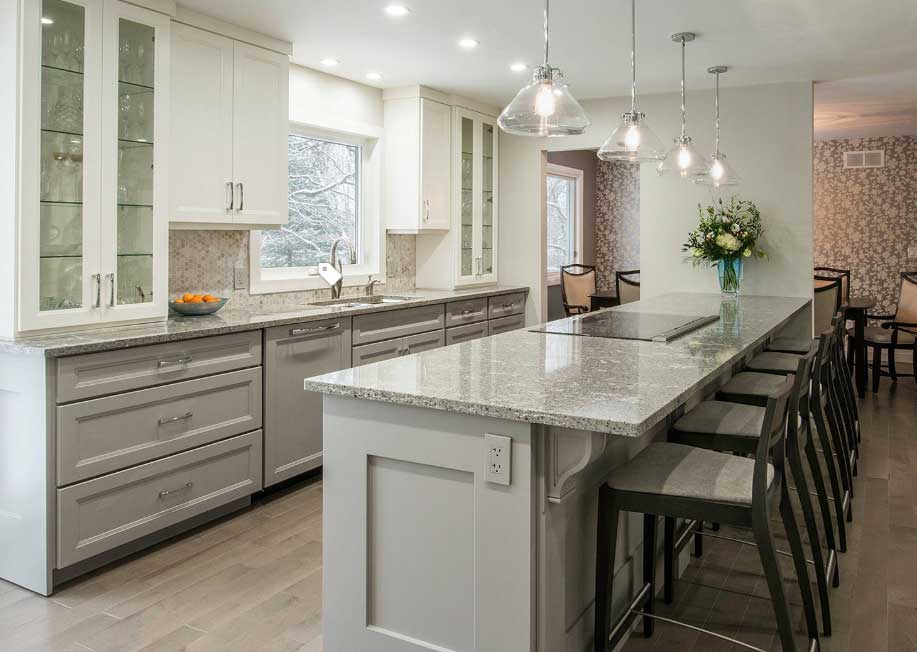
What are the advantages of quartz countertops over natural stone?
Quartz countertops offer several advantages over natural stone surfaces like granite or marble. One of the key benefits is their non-porous nature, which makes them highly resistant to stains and bacteria, unlike natural stone, which requires regular sealing to prevent staining and contamination. Quartz is also more consistent in color and pattern, allowing for a uniform look across the entire surface. Additionally, quartz is more durable in terms of resistance to scratches and chipping, and it is less prone to cracking. These qualities, combined with a wide range of styles and colors, make quartz a practical and versatile option for both kitchens and bathrooms.
Can quartz countertops withstand heat, and how should they be protected?
While quartz countertops are heat resistant, they are not completely immune to heat damage. Prolonged exposure to high temperatures, such as placing hot pots or pans directly on the surface, can cause discoloration or cracking. To protect quartz countertops from heat damage, it’s important to use trivets, hot pads, or heat-resistant mats under hot cookware. This precaution will help maintain the integrity of the surface and prevent any heat-related damage, ensuring that your quartz countertops remain in excellent condition over time.
How do I clean and maintain quartz countertops to keep them looking new?
Quartz countertops are easy to maintain and keep looking new with regular cleaning. For daily cleaning, simply wipe down the surface with a soft cloth or sponge and a mild soap and water solution. Avoid using abrasive cleaners, scouring pads, or harsh chemicals, as these can damage the surface. For tougher stains, a gentle cleaner designed for quartz surfaces can be used. Additionally, it’s important to avoid exposing the countertop to excessive heat and sharp objects, as these can cause damage. By following these simple maintenance tips, your quartz countertops will retain their beauty and durability for many years.
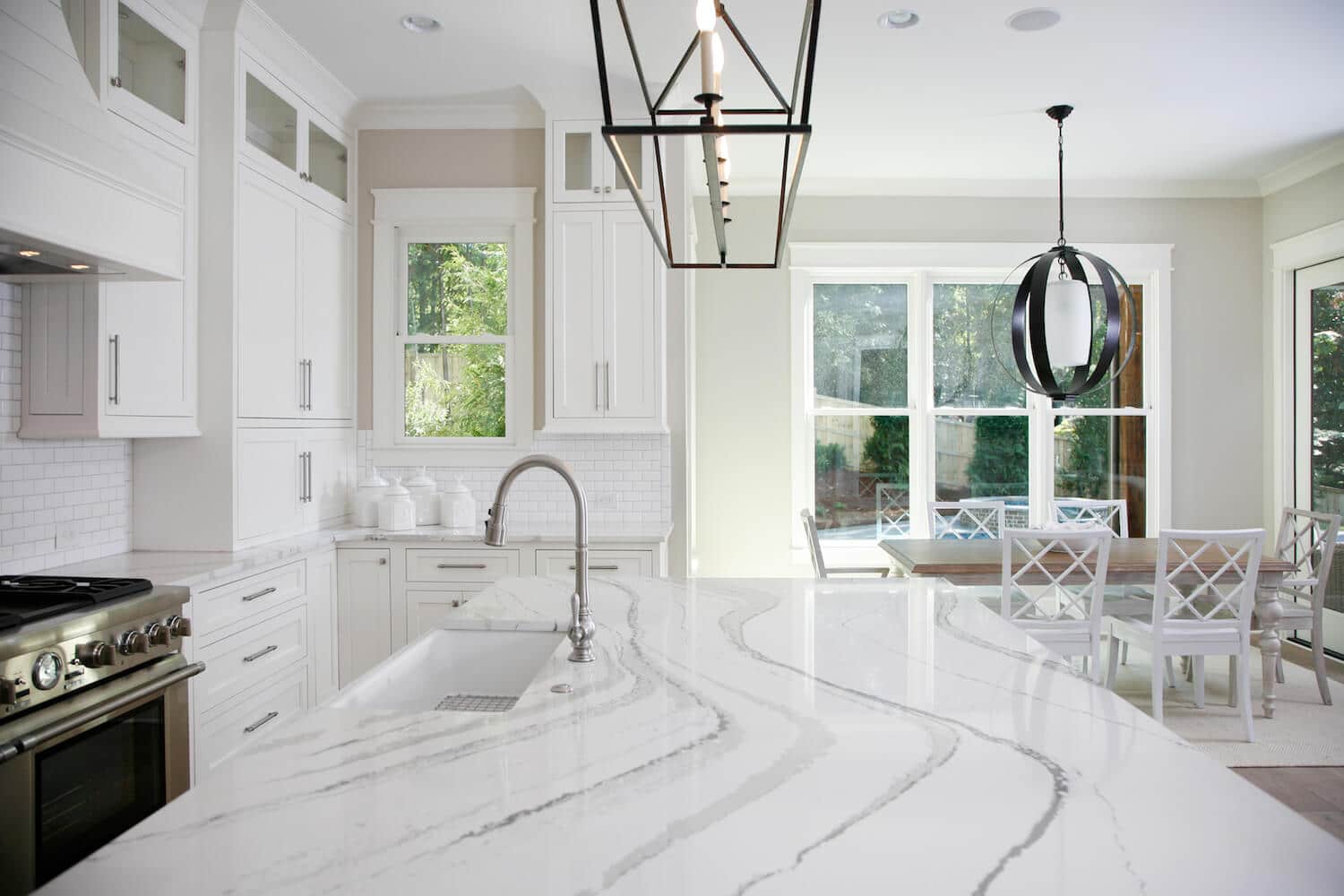
Are there environmentally friendly quartz countertop options available?
Yes, many quartz countertop manufacturers offer environmentally friendly options that incorporate recycled materials and sustainable production practices. These eco-friendly quartz surfaces often include recycled glass, mirrors, or other industrial byproducts, reducing the environmental impact of the production process. Additionally, the durability and long lifespan of quartz countertops contribute to their sustainability, as they do not need to be replaced as frequently as some other materials. Homeowners who prioritize sustainability can look for quartz countertops certified by environmental standards and produced by manufacturers committed to reducing their carbon footprint.
Can quartz countertops be used in outdoor kitchens?
While quartz countertops are highly durable, they are not generally recommended for outdoor use. Exposure to direct sunlight and varying weather conditions can cause the resin in the quartz to discolor or degrade over time. If you are considering countertops for an outdoor kitchen, materials specifically designed to withstand outdoor environments, such as granite or stainless steel, maybe a better choice. However, if the outdoor area is well-shaded and protected from the elements, quartz may still be an option, but it’s important to consult with the manufacturer or a professional installer to ensure the material’s suitability for outdoor use.
How do I choose the right quartz countertop style for my kitchen or bathroom?
Choosing the right quartz countertop style involves considering several factors, including the overall design aesthetic of your space, the color scheme, and the desired level of maintenance. Start by determining whether you want a countertop that mimics the look of natural stone, such as marble or granite, or if you prefer a solid color or bold pattern that makes a statement. Consider the edge profile and thickness, as these elements will influence the countertop’s final appearance. It’s also important to take into account the lighting in your space, as this can affect how the countertop’s color and pattern appear. Visiting a showroom and viewing large samples in your home can help you make an informed decision that enhances the beauty and functionality of your kitchen or bathroom.
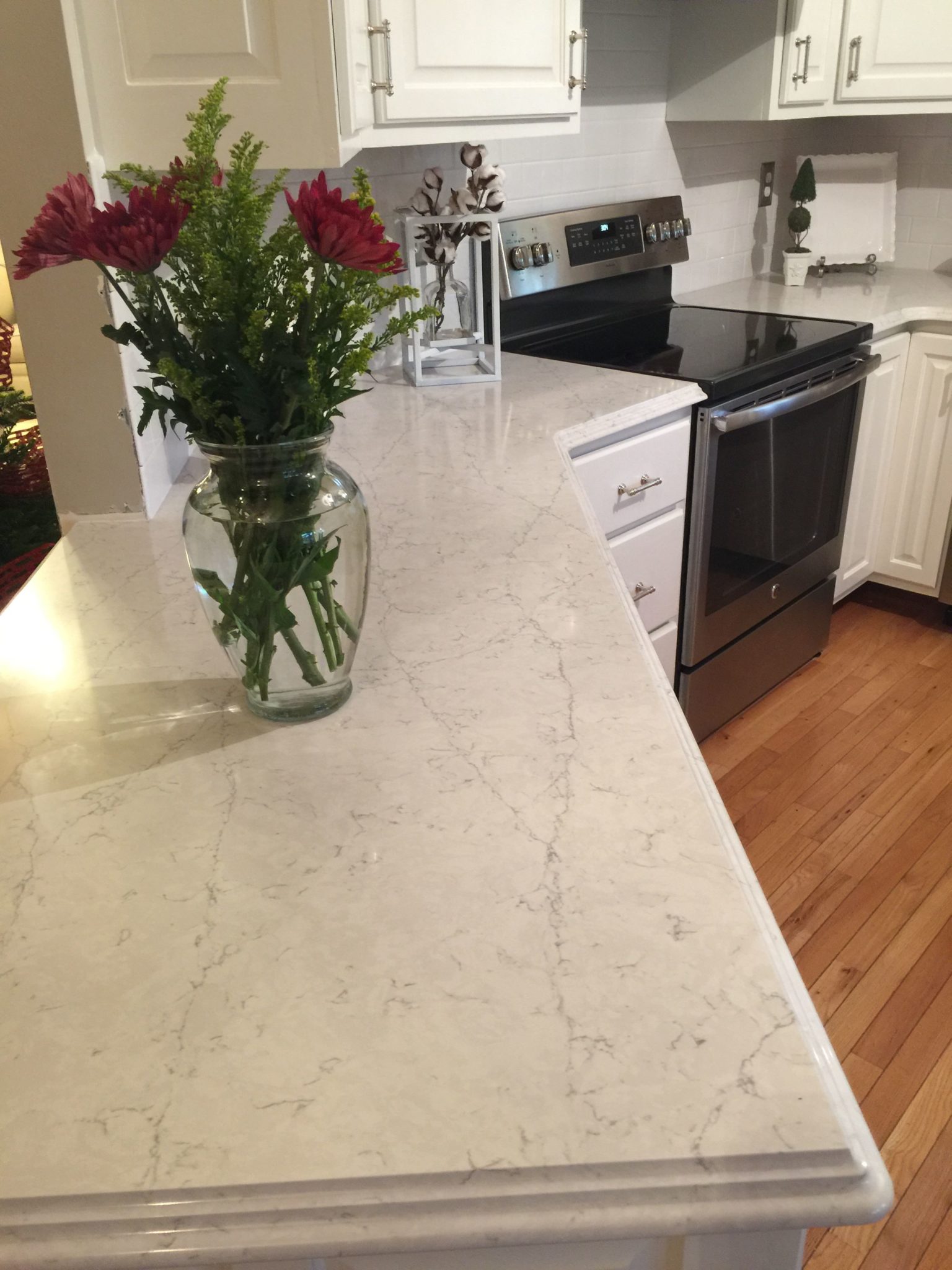
Related articles: